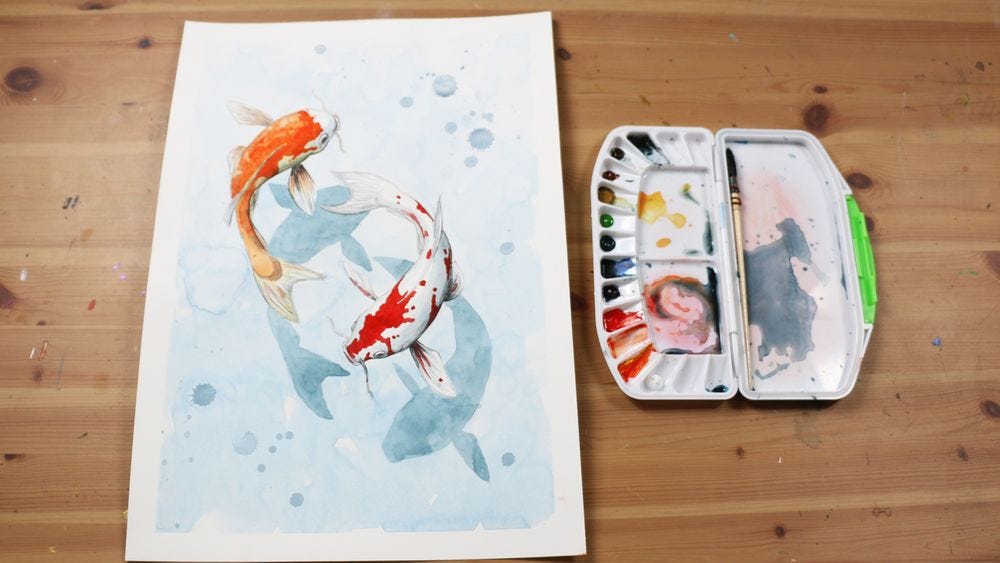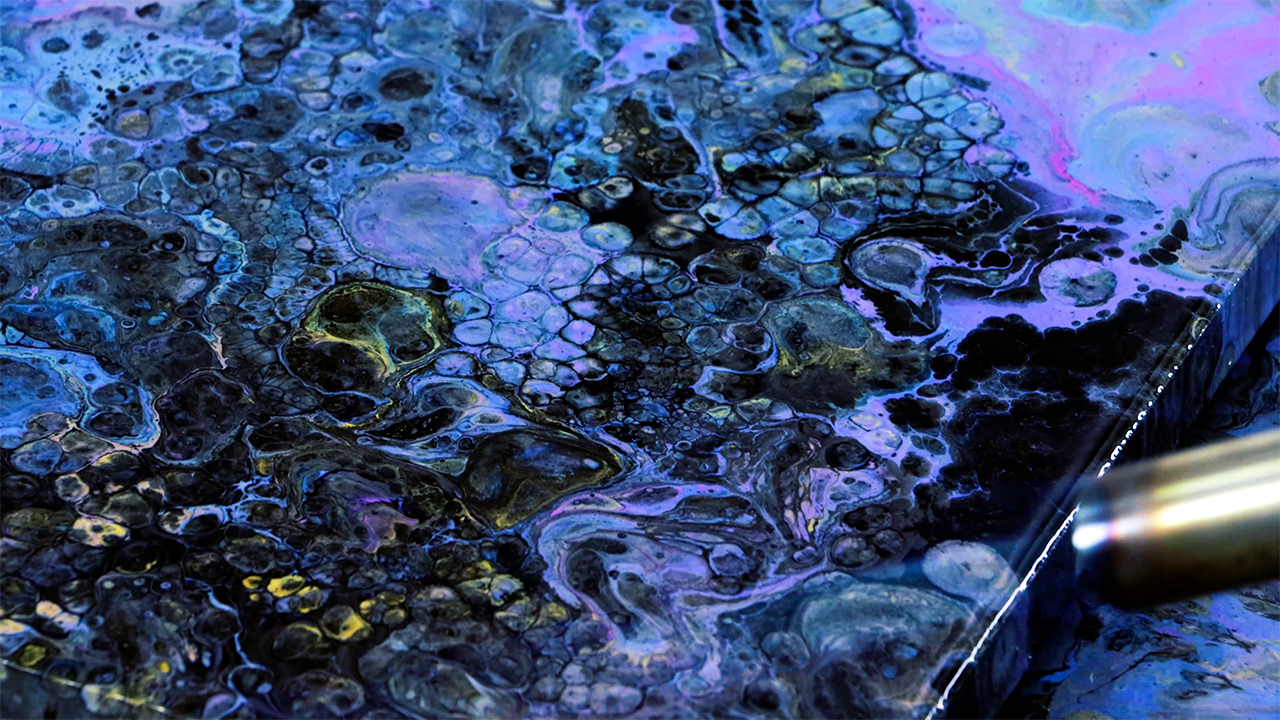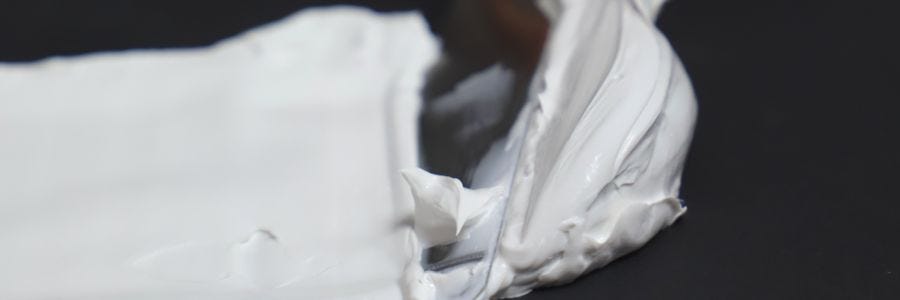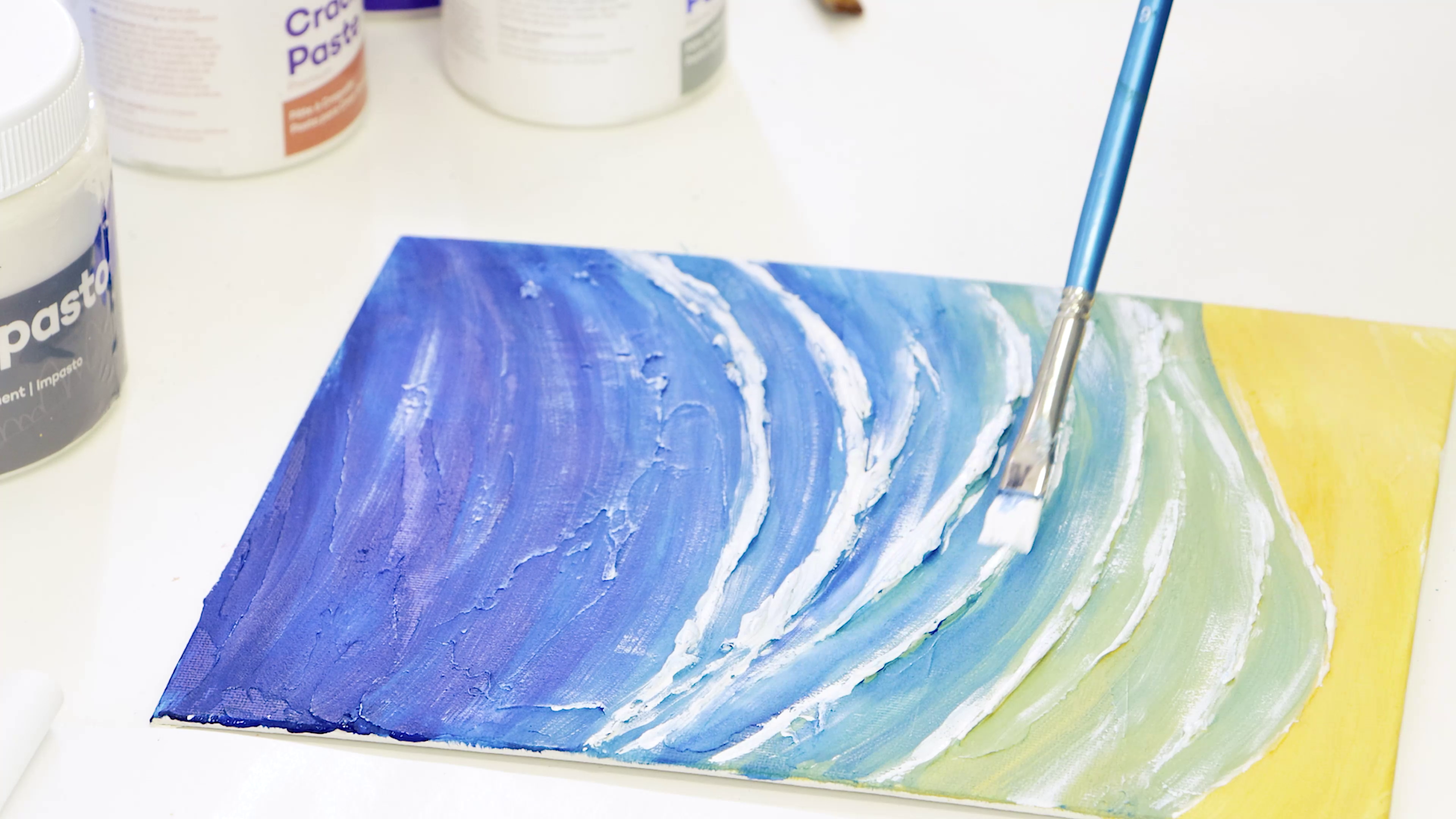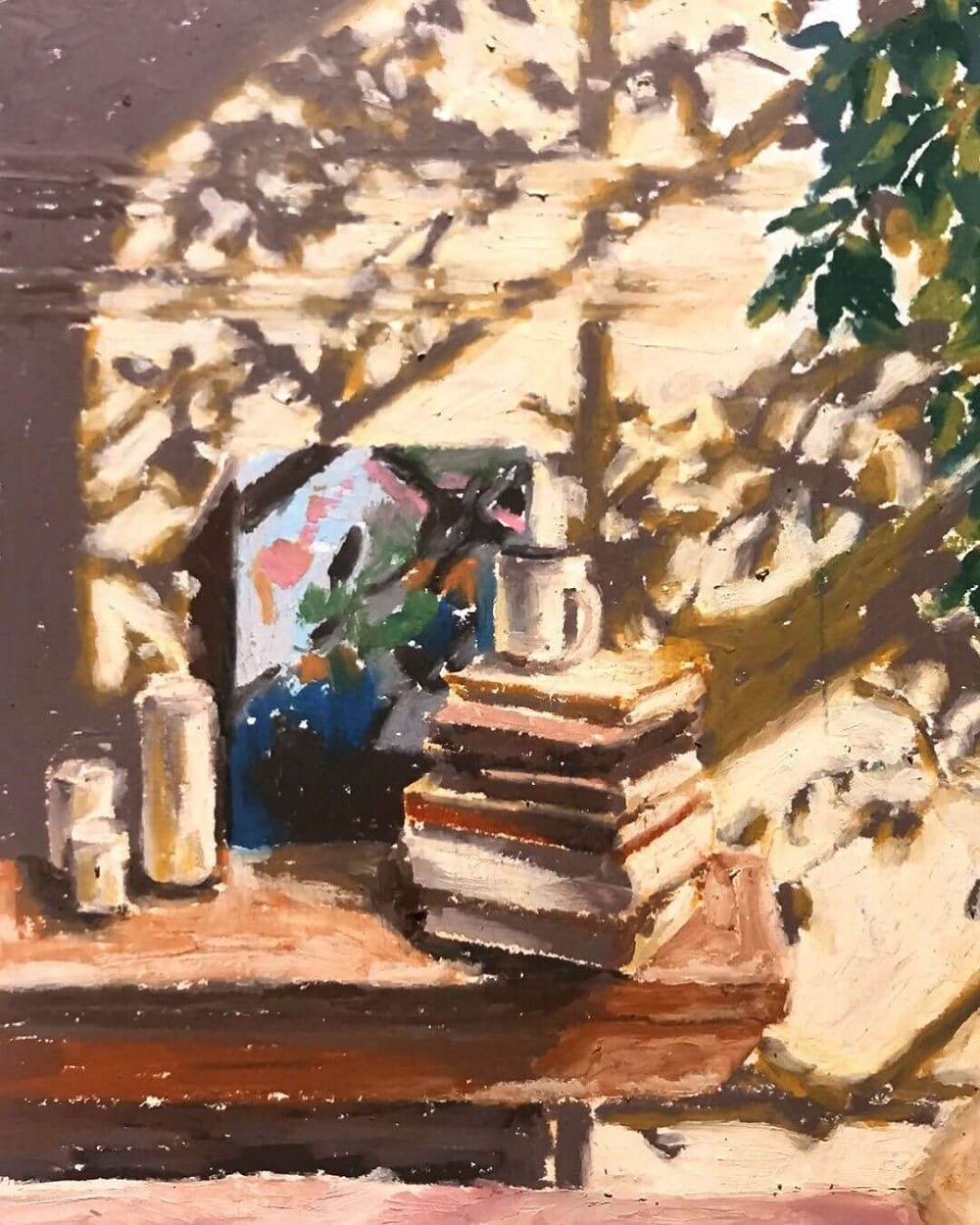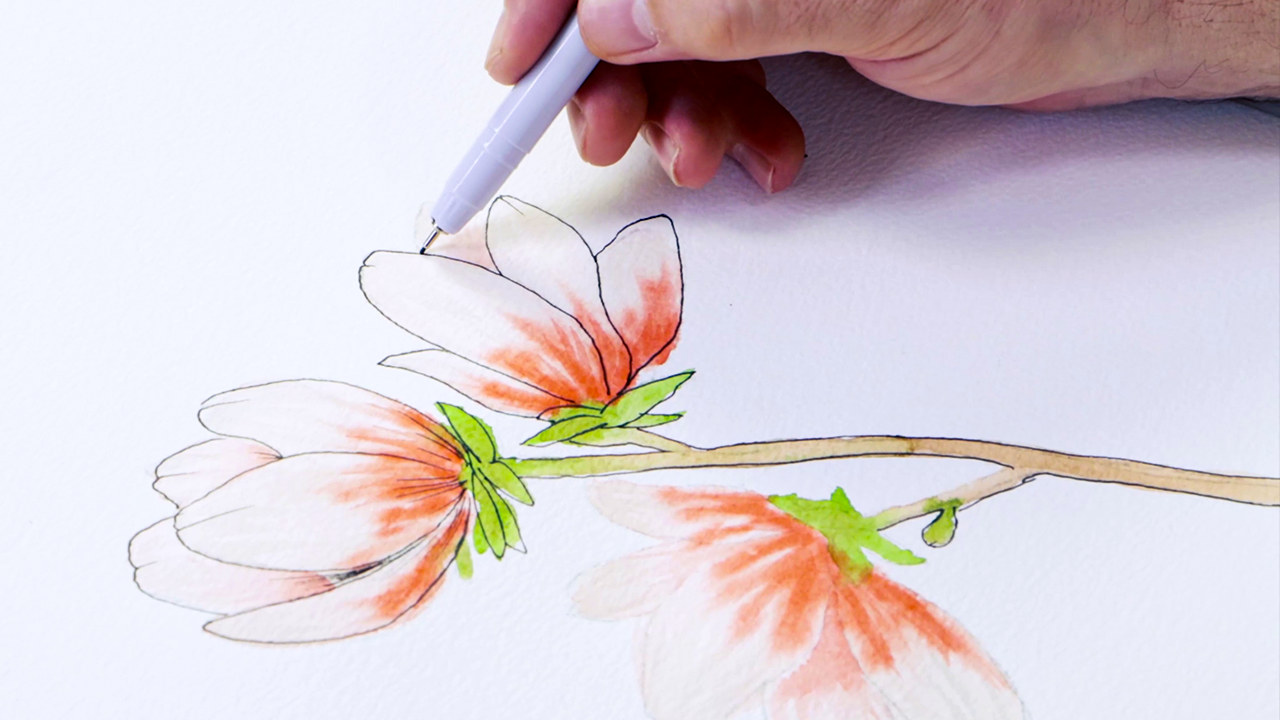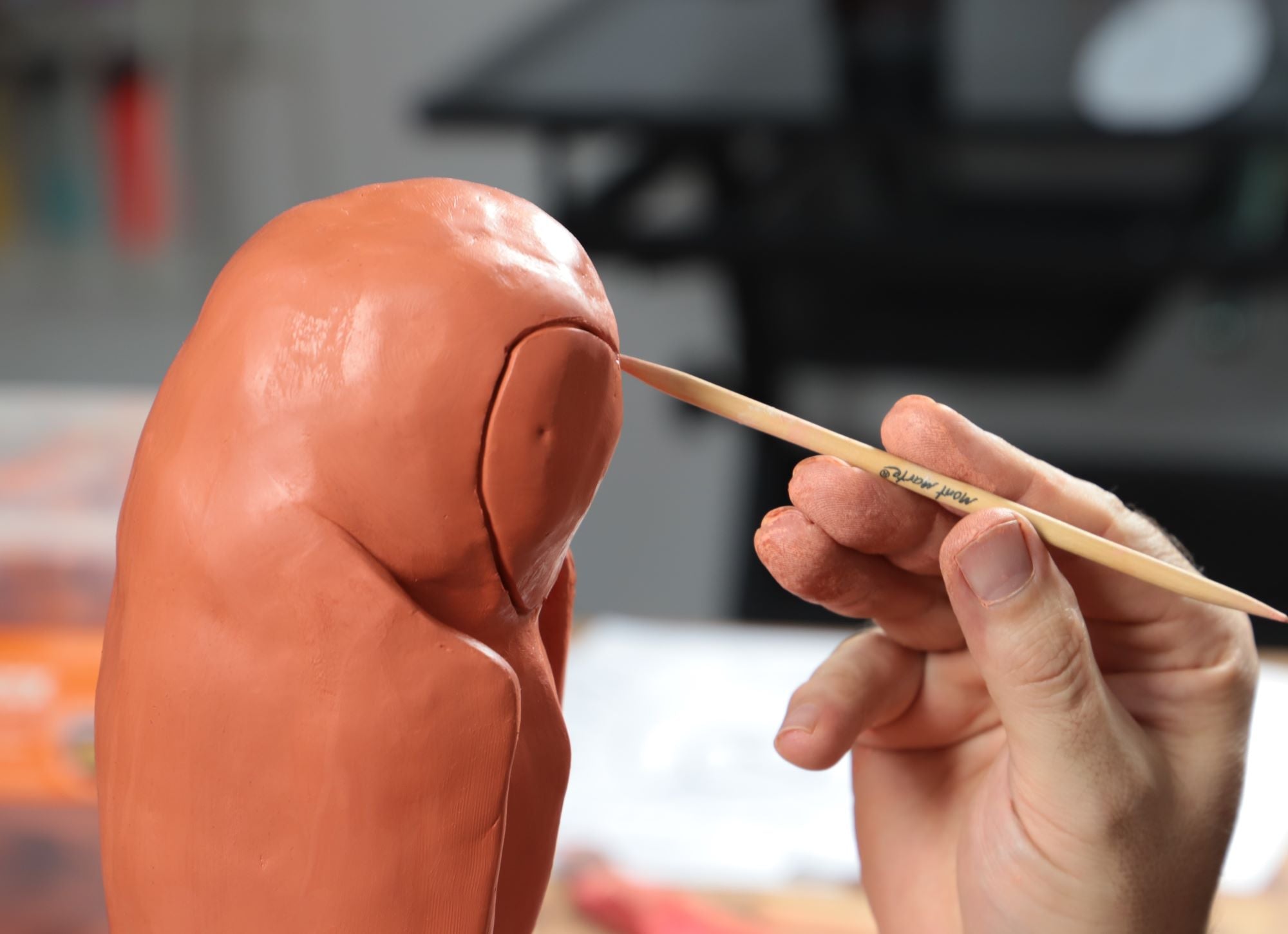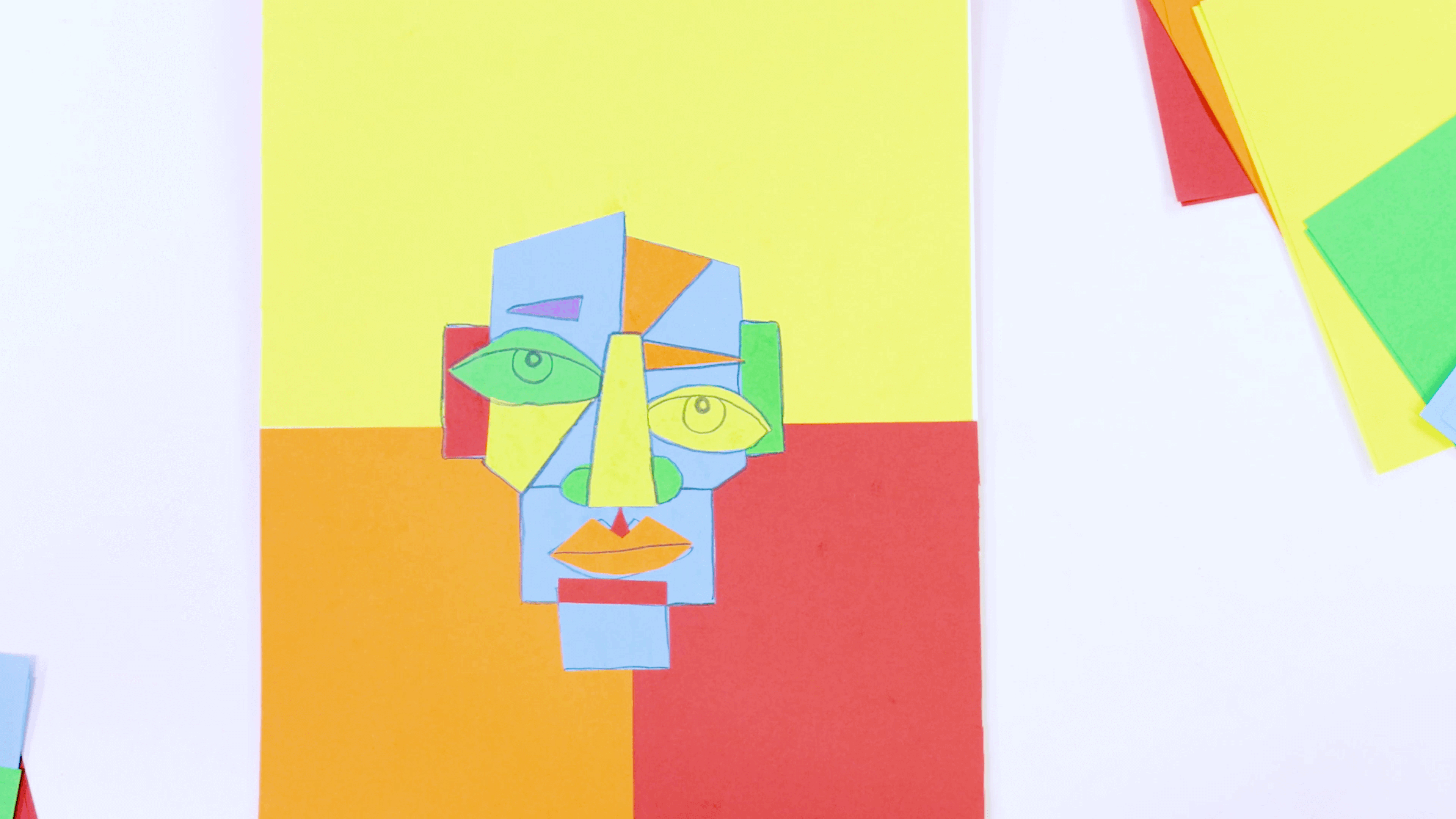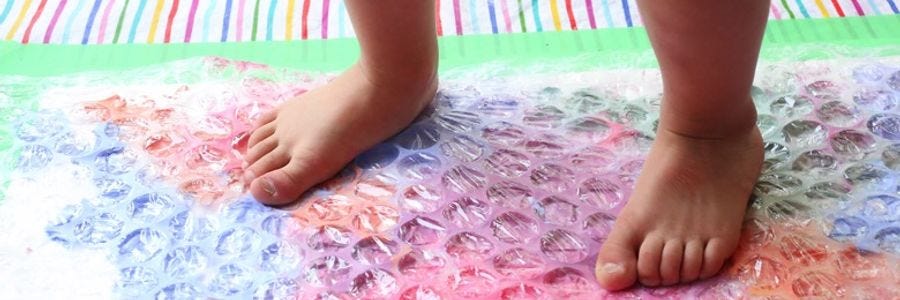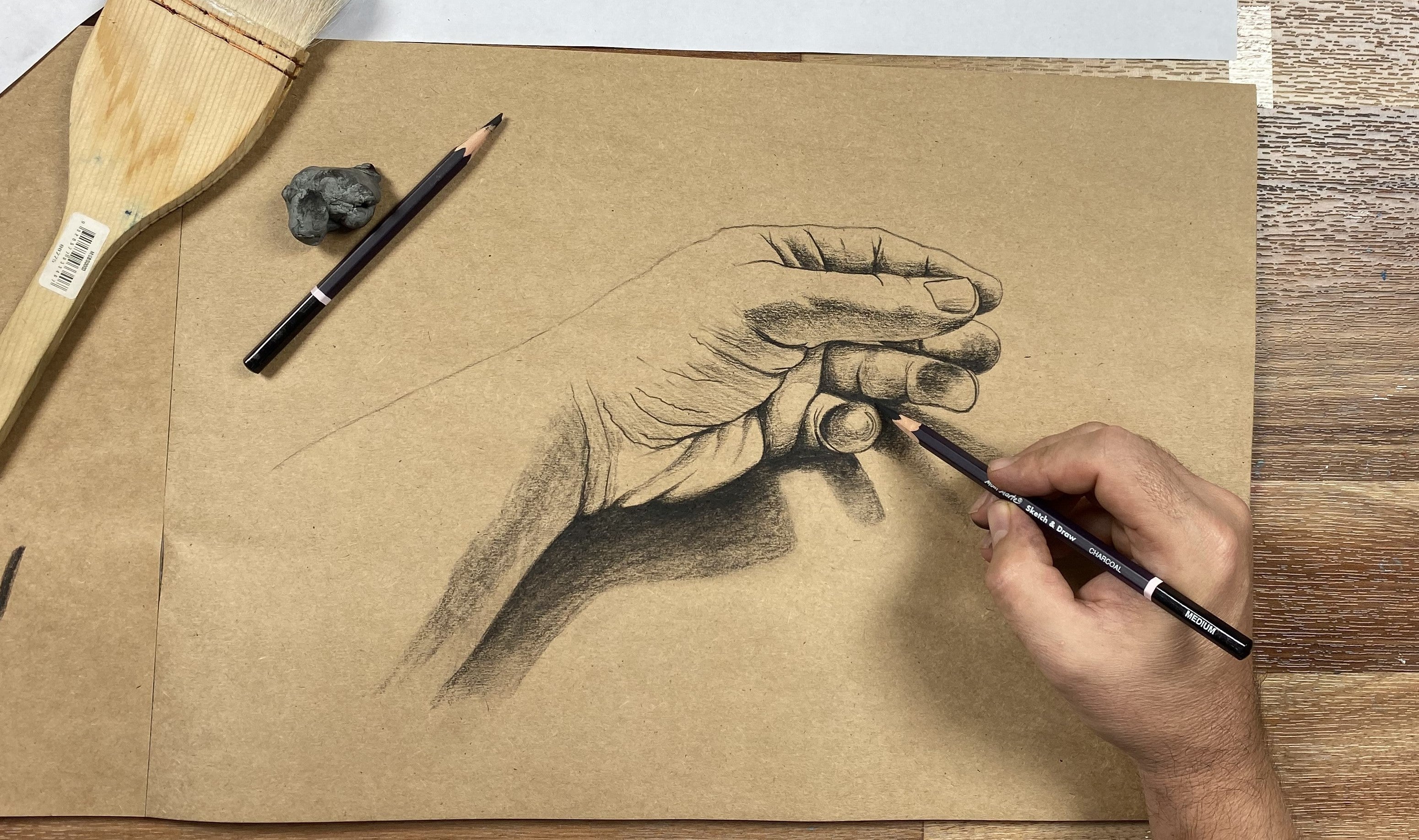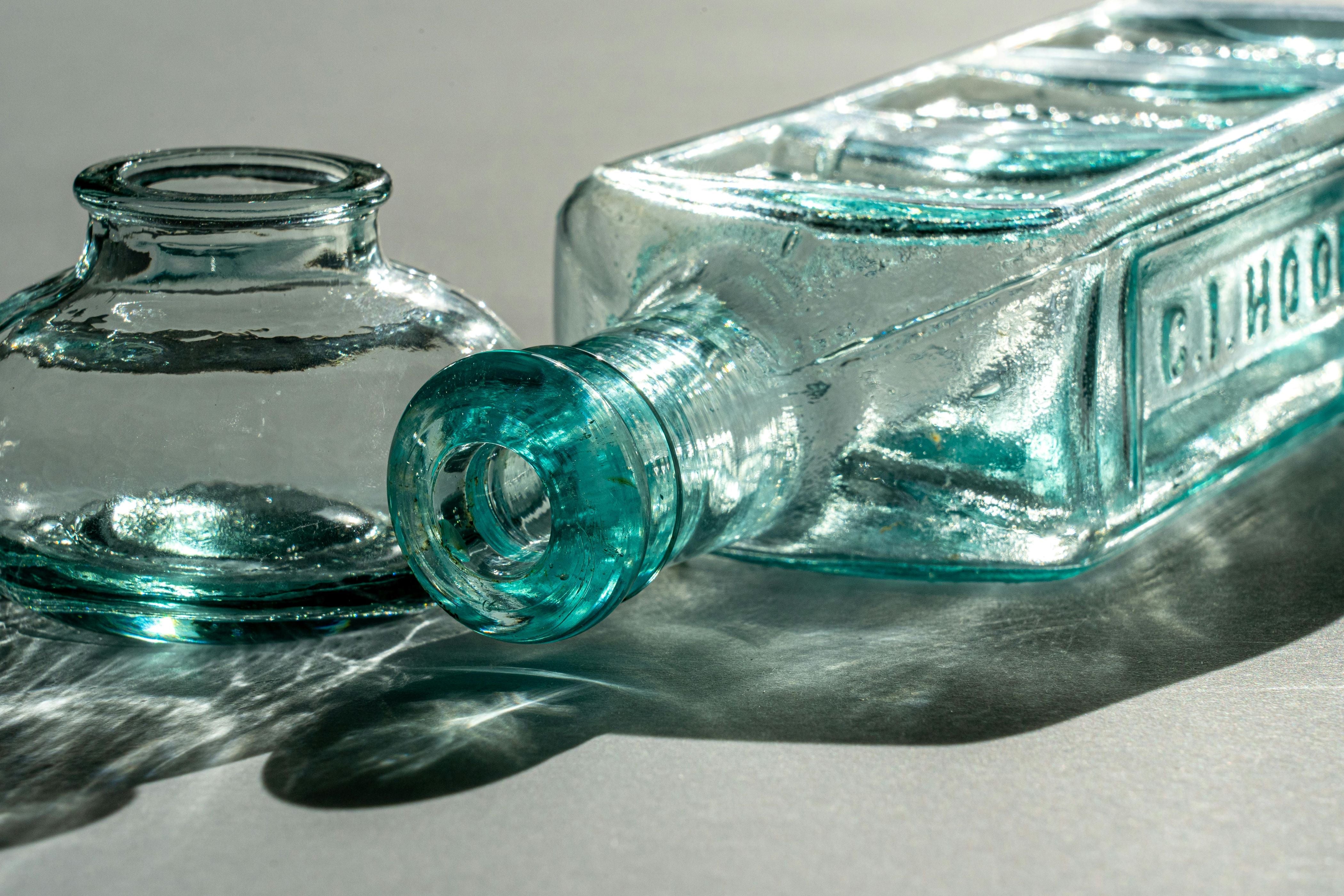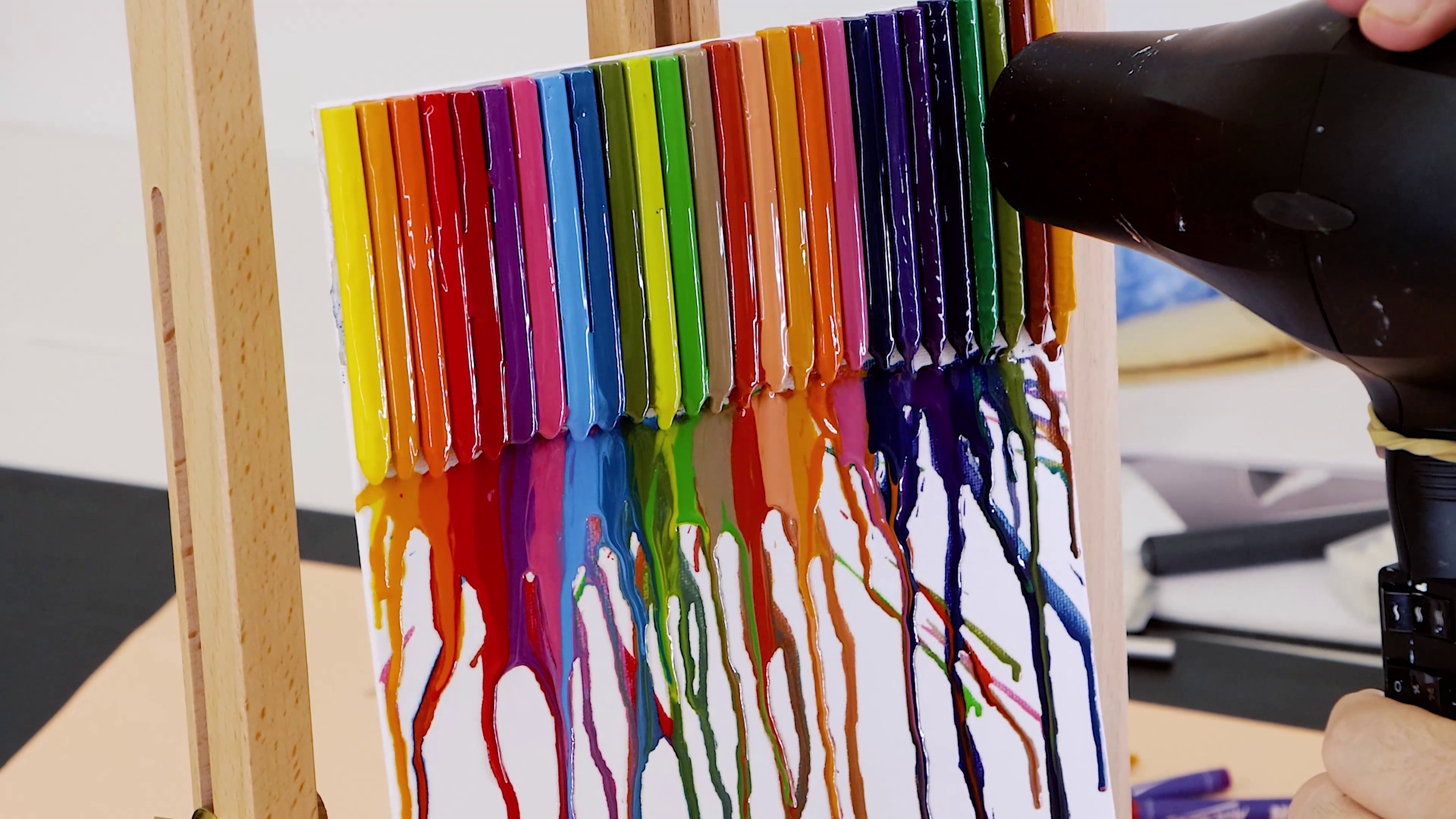Whether you’re looking for a unique pot or wanting to add some creativity to your green thumb, painting pots can be tricky. So, we asked Cindy from the Pot Dealer Geelong (@potdealergeelong) to give us a helping hand. Here are Cindy’s 10 tips for painting terracotta pots.

1. Finding the right pot
You can’t go wrong with terracotta, it’s so porous! Ideally, you’re looking for a clean terracotta pot without any cracks. I have also painted on concrete pots but find them a little more fiddly.

2. Trusting your instinct
Often I’ll start off with a sketch if I’ve had a new idea that I want to try out. Sometimes I won’t know what the pot will look like yet, but I’ll have a colour palette in my head that I just must try out together. If it’s a custom order, I usually start off with a sketch and go back and forth with the customer until we’re both happy, like this dachshund.
Sometimes I think of an idea, and I have to put it on paper straight away to get it out of my head! Often, I’ll be inspired by an interesting colour palette I’ve seen in nature or on clothing -- I’m a colour lover, a maximalist and love bright, bold fashion and interior design. I then play around with how that could translate to a pot.
Planning helps but so does experimenting, the best pots often start from playing around and not going in with a set plan. Other times I’ve got no idea what I’m painting until it all comes together.

3. Prime the pot
I start off with a terracotta spray sealant for the pot. Once that’s dry, I use acrylic paint brushes (I love my Mont Marte brushes -- they’re great quality at a fantastic price), to paint on an even coat of gesso.

4. Aim for two thin coats for a base
After the gesso, I paint two THIN coats of a high pigment acrylic paint for the base colour outside. If you go too thick, it will flake off in chunks. You’ve been warned! 😊 It’s really important that the first coat is bone dry before you add the second. If you have your design ready, sketch your design on top once the base is dry.

5. Paint the inside before the outside
When I teach my classes, I always suggest painting the inside of the pot first (this gives it a more finished look) than when painting the outside. Fortunately, when painting on terracotta it dries pretty quickly, and you can always use a quick blast of a hairdryer to help the pot along.

6. Work with layers
When the inside is dry, then I paint the pattern or shapes on top (this is usually another 2 coats). I think of my pot design as layers of paint, rather than colouring in around things. This is a mistake people often make when they first start. You’ll always get a cleaner edge if you overlap your paint rather than trying to make two areas meet. Finally, I use acrylic paint pens or a fine detail brush, with paint to add the details.

7. Protecting your pot after painting
After that’s all dry, I use a spray sealant. If you’d like to use your pot outdoors, it’s important to also use a waterproof and UV protectant spray, to protect all your hard work and ensure the colours don’t fade over time. I’ve had some outside that I painted at the very beginning that are still looking bright and fresh.

8. Try a lazy Susan or banding wheel
Painting pots can be tricky. I use a Lazy Susan to help me paint around the pot easily, without bumping where I’ve already painted and getting smudges everywhere.

9. Fixing mistakes and working with ‘happy accidents.’
There are no mistakes in art! That’s what I tell my Prep kids anyway (I’m a teacher). If I do happen to make a ‘happy accident’ there are a few things I do. The first is to use paper towel to quickly wipe off excess paint. I then dry the area with a hairdryer and then see if I can paint over it again, if not I can change the design around slightly.
For the biggest ‘happy accidents’ there’s always the option of sanding the area back and completely repainting. The only ‘happy accident’ that there’s no coming back from is by dropping and smashing the pot entirely (which I have done many times!). I might need to start exploring mosaic!

10. Get amongst it!
The best advice I can give you is to just get amongst it. Some people can get very nervous about getting things right the first time- let me tell you, some of my first pots were terrible! To get you started you might want to just paint a pot in a solid colour to match your décor, and that’s great. As you get more confident you can explore your own style. Truly, it’s a lot of fun!

About Cindy:
I started painting pots right at the very beginning of COVID. I was looking for a pot for my house that was bright and a real feature piece- but it just didn’t exist. Every pot I found in shops were quite minimalist and in muted colours, but that’s not really me. I wanted a pot that was an artwork in itself. I decided I’d have to paint my own! From there I started an Instagram (@potdealergeelong) and turns out, other people were looking for bright pots too.
We hope Cindy’s pots inspire you to create something! Share your creations with us #montmarteart or tag us @montmarteart on Instagram or Facebook, we’d love to see what you create.
Or looking for a fun project to try? Check out this ceramic painted project for inspiration and paint a ladybug pot or a mushroom painted pot.

1. Finding the right pot
You can’t go wrong with terracotta, it’s so porous! Ideally, you’re looking for a clean terracotta pot without any cracks. I have also painted on concrete pots but find them a little more fiddly.

2. Trusting your instinct
Often I’ll start off with a sketch if I’ve had a new idea that I want to try out. Sometimes I won’t know what the pot will look like yet, but I’ll have a colour palette in my head that I just must try out together. If it’s a custom order, I usually start off with a sketch and go back and forth with the customer until we’re both happy, like this dachshund.
Sometimes I think of an idea, and I have to put it on paper straight away to get it out of my head! Often, I’ll be inspired by an interesting colour palette I’ve seen in nature or on clothing -- I’m a colour lover, a maximalist and love bright, bold fashion and interior design. I then play around with how that could translate to a pot.
Planning helps but so does experimenting, the best pots often start from playing around and not going in with a set plan. Other times I’ve got no idea what I’m painting until it all comes together.

3. Prime the pot
I start off with a terracotta spray sealant for the pot. Once that’s dry, I use acrylic paint brushes (I love my Mont Marte brushes -- they’re great quality at a fantastic price), to paint on an even coat of gesso.

4. Aim for two thin coats for a base
After the gesso, I paint two THIN coats of a high pigment acrylic paint for the base colour outside. If you go too thick, it will flake off in chunks. You’ve been warned! 😊 It’s really important that the first coat is bone dry before you add the second. If you have your design ready, sketch your design on top once the base is dry.

5. Paint the inside before the outside
When I teach my classes, I always suggest painting the inside of the pot first (this gives it a more finished look) than when painting the outside. Fortunately, when painting on terracotta it dries pretty quickly, and you can always use a quick blast of a hairdryer to help the pot along.

6. Work with layers
When the inside is dry, then I paint the pattern or shapes on top (this is usually another 2 coats). I think of my pot design as layers of paint, rather than colouring in around things. This is a mistake people often make when they first start. You’ll always get a cleaner edge if you overlap your paint rather than trying to make two areas meet. Finally, I use acrylic paint pens or a fine detail brush, with paint to add the details.

7. Protecting your pot after painting
After that’s all dry, I use a spray sealant. If you’d like to use your pot outdoors, it’s important to also use a waterproof and UV protectant spray, to protect all your hard work and ensure the colours don’t fade over time. I’ve had some outside that I painted at the very beginning that are still looking bright and fresh.

8. Try a lazy Susan or banding wheel
Painting pots can be tricky. I use a Lazy Susan to help me paint around the pot easily, without bumping where I’ve already painted and getting smudges everywhere.

9. Fixing mistakes and working with ‘happy accidents.’
There are no mistakes in art! That’s what I tell my Prep kids anyway (I’m a teacher). If I do happen to make a ‘happy accident’ there are a few things I do. The first is to use paper towel to quickly wipe off excess paint. I then dry the area with a hairdryer and then see if I can paint over it again, if not I can change the design around slightly.
For the biggest ‘happy accidents’ there’s always the option of sanding the area back and completely repainting. The only ‘happy accident’ that there’s no coming back from is by dropping and smashing the pot entirely (which I have done many times!). I might need to start exploring mosaic!

10. Get amongst it!
The best advice I can give you is to just get amongst it. Some people can get very nervous about getting things right the first time- let me tell you, some of my first pots were terrible! To get you started you might want to just paint a pot in a solid colour to match your décor, and that’s great. As you get more confident you can explore your own style. Truly, it’s a lot of fun!

About Cindy:
I started painting pots right at the very beginning of COVID. I was looking for a pot for my house that was bright and a real feature piece- but it just didn’t exist. Every pot I found in shops were quite minimalist and in muted colours, but that’s not really me. I wanted a pot that was an artwork in itself. I decided I’d have to paint my own! From there I started an Instagram (@potdealergeelong) and turns out, other people were looking for bright pots too.
We hope Cindy’s pots inspire you to create something! Share your creations with us #montmarteart or tag us @montmarteart on Instagram or Facebook, we’d love to see what you create.
Or looking for a fun project to try? Check out this ceramic painted project for inspiration and paint a ladybug pot or a mushroom painted pot.


